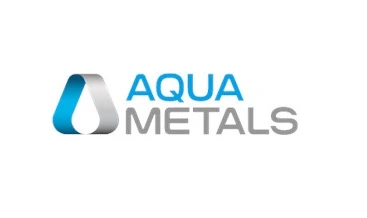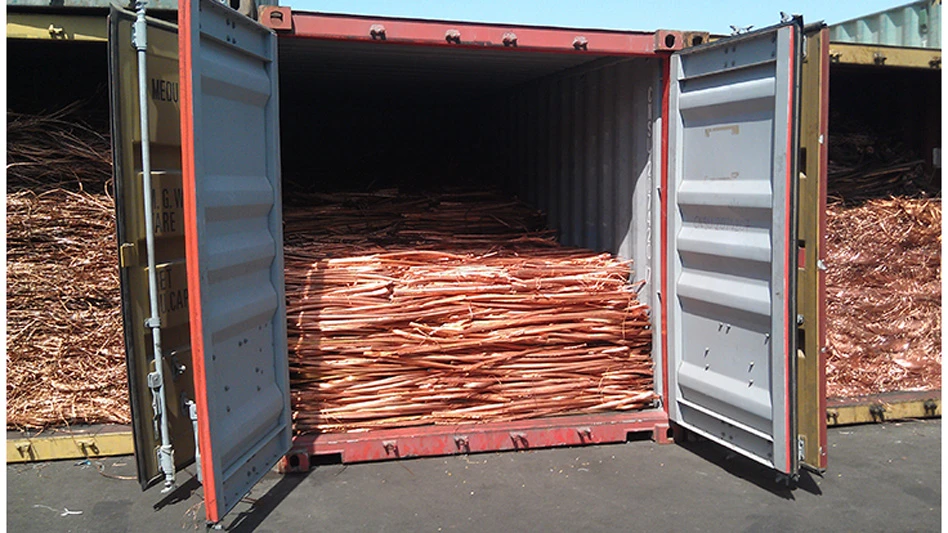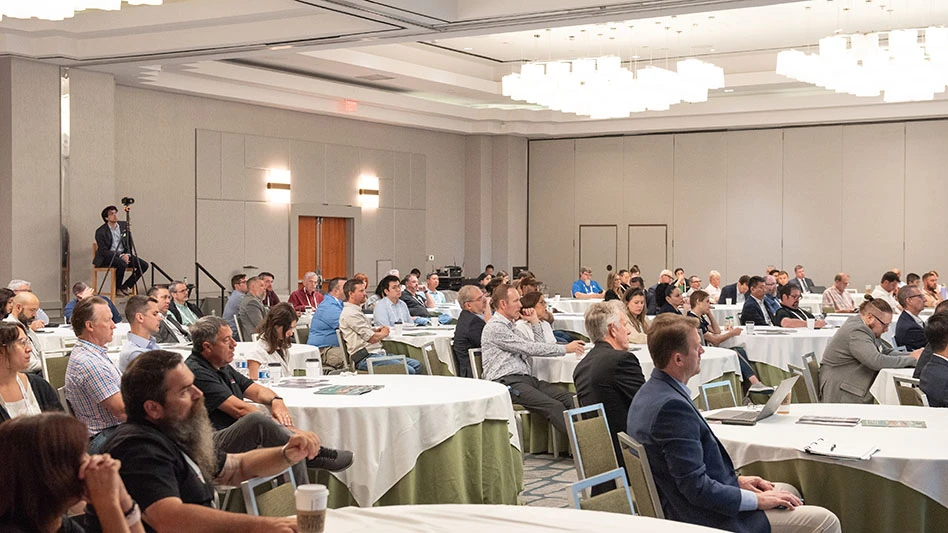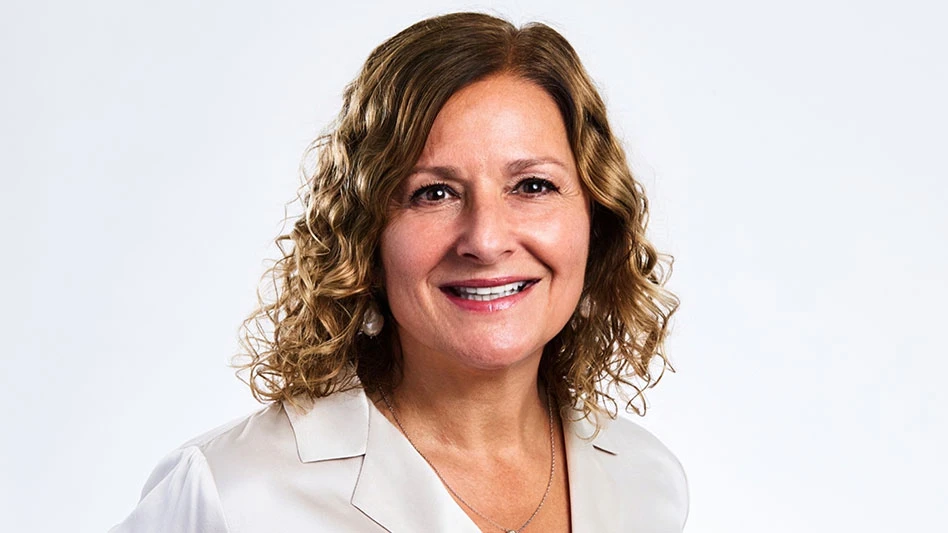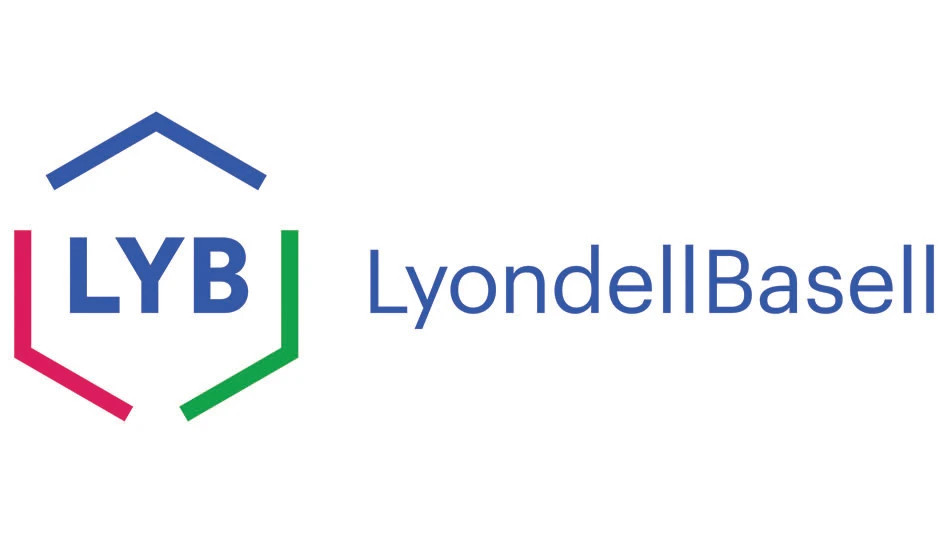 While the value of public awareness and education regarding increasing recycling rates across the nation has been a hot topic among the industry for quite some time, some recyclers and material recover facility (MRF) operators are now turning their focus to packaging producers.
While the value of public awareness and education regarding increasing recycling rates across the nation has been a hot topic among the industry for quite some time, some recyclers and material recover facility (MRF) operators are now turning their focus to packaging producers.
Al Metauro, CEO of Toronto-based Cascades Recovery as well as of Green by Nature EPR, a British Columbia-based company that provides complete recovery and recycling services to its printed paper and packaging diversion clients, is one recycler who has recognized the growing responsibilities of producers. Metauro was one of three keynote speakers in the session “The Future of the Recycling and Packaging Industry” at the 2014 Paper & Plastics Recycling Conference, held in Chicago Oct. 8-10.
The event was organized by the Recycling Today Media Group, publisher of Recycling Today.
“We’re all working toward the same goal: to divert materials from landfill,” Metauro said.
To accomplish this to a greater extent, he said companies like Green by Nature EPR are implementing extended producer responsibility (EPR) programs for packaging. EPR programs shift the cost and responsibility for recycling items to the producers who created them.
 Metauro explained Green by Nature EPR’s most recent feat—managing the postcollection system for British Columbia-based Multi-Material BC’s (MMBC’s) residential packaging and printed paper recycling program, which serves about 1.25 million households.
Metauro explained Green by Nature EPR’s most recent feat—managing the postcollection system for British Columbia-based Multi-Material BC’s (MMBC’s) residential packaging and printed paper recycling program, which serves about 1.25 million households.
MMBC is among more than 20 EPR programs introduced in British Columbia throughout the past two decades that have seen manufacturers assume responsibility for end-of-life management of items such as beverage containers, electronics, paint, used oil, tires and batteries.
Five months into this role at the time of the conference, Metauro said Green by Nature EPR is responsible for managing the processing and marketing of about 185,000 metric tons of packaging and printed paper material after it has been collected at the curbside from households and multifamily buildings and from collection centers throughout the province.
|
Tiered definition of manufacturer/producer: Important for streamlined enforcement (and lower fiscal impacts to state government agency) at first point of entry into California and for providing a level playing field to all manufacturers/producers:
Funding:
Stewardship plan, annual reports:
|
“The producers assume responsibility for the recycling of printed paper and packaging,” Metauro said of MMBC’s EPR program. “Are we ready? From a producer standpoint, the answer is, ‘No,;” Metauro added.
Metauro said the recycling industry has seen a “tremendous change” in the composition of packaging over the years. By way of illustration, he showed the audience photos of packaged spaghetti sauce: In one photo the spaghetti sauce was contained in a metal can, while today the same product is sold in a plastic pouch.
While consumers and the brand owner might like the updated pouch material for a variety of reasons, MRF operators, for whom the weight of material historically has contributed to their profits, might not be happy, he said.
“We’re actually going to work with producers so the public believes in the product, and when the public is done with the package, they’ll know we want it back,” Metauro said.
Closed loops
Metauro’s outlook is shared by Bridget Croke, the second keynote speaker at the Oct. 8 late-afternoon session. Croke is with the Closed Loop Fund, an initiative spearheaded by Wal-Mart and supported by major corporate funding sources, including Campbell Soup Co., Cargill, General Mills, Monsanto, Kellogg Co., PepsiCo, Goldman Sachs, Johnson & Johnson, Procter & Gamble, SC Johnson, Unilever and Wal-Mart itself.
The initiative seeks to make recycling collection more widely available to Americans by investing some $100 million in collection infrastructure projects, Croke said. (To learn more about the Closed Loop Fund, turn to “Championing a Closed Loop,” beginning on page S6 of this issue’s Paper Recycling Supplement, for a Q&A with the initiative’s CEO and co-founder Ron Gonen.)
She said the goal of the Closed Loop Fund is “to ensure all consumer products and packaging is recycled and returned for use in manufacturing new items.”
The fund is being allocated in three areas: collection, processing facilities and emerging technologies, she said.
Croke pointed out that the Closed Loop Fund serves as a “complementary approach” to what is being accomplished in British Columbia using EPR legislation, with numerous companies coming together to increase recycling rates and use more recycled materials in their product packaging.
While consumer goods companies and retailers are creating economic value by attempting to increase recycling rates, Croke said, the modern recycling industry has extensive, inherent issues.
One major obstacle is the inconsistency of recycling infrastructure in the United States, she said. While some communities employ sufficient collection processes and modern material recovery MRFs, the country lacks a consistent method for recycling.
“One company alone couldn’t write a check to solve this problem,” Croke said of the nation’s recycling infrastructure concerns that she referenced in her presentation.
Broken system
The industry currently does have a broken system, “there’s no question about it,” said Kerry Getter, CEO of Balcones Resources, based in Austin, Texas, and the third speaker at the Paper & Plastics Recycling Conference keynote session.
Balcones operates facilities in Austin and Dallas and in Little Rock, Arkansas, which allow the company to process nearly 10,000 tons of material monthly, including old corrugated containers (OCC), PET (polyethylene terephthalate), HDPE (high-density polyethylene), mixed plastics, glass, all types of paper and ferrous and nonferrous metals.
Getter discussed the nation’s lack of education among its citizens regarding recycling awareness and said it would be helpful if standardization in recycling became a reality. “We need to clean up our act. We have a lot of ground to cover as an industry,” he said.
“We don’t do enough with education,” Getter added. He explained how increasing awareness of the recycling industry and how it works would only benefit everyone involved.
Getter described a local dry cleaning business that encouraged its customers to return old hangars to the company for recycling; however, the cleaner did not check with Balcones Resources to confirm that the MRF actually accepted hangars. Getter said the dry cleaner’s hangars were “messing up my system.”
He continued, “We need to mitigate contamination issues; a lot of people who bring us materials frankly don’t care if there’s garbage in it.”
Relevant relationships
Getter also addressed another area of improvement for the industry. “Packaging design folks are seldom asked to come to the party,” he pointed out, referencing the connection between designers and recyclers when considering packaging composition and designs that favor recycling.
Croke said she agreed with Getter. U.S. packaging designers do not have a significant relationship with recyclers, which needs to be changed, she said, adding that packaging designers should be invited to present ideas, especially when discussing EPR. Croke said, “In the U.S., designers are not part of the conversation, and this is a huge problem.”
“Companies are willing to invest in this, and why do companies care? Why invest millions in recycling?” Croke asked.
She noted several reasons why the companies contributing to the Closed Loop Fund have decided to invest in recycling, including ensuring access to consistent, cost-effective recycled content, helping consumers to recycle their products and reducing greenhouse gas emissions.
“Today a lot of companies are looking 10 years out. They wouldn’t have done this 10 years ago. They have a broader context, and they know they have to act on this stuff,” Croke explained.
Consumers, likewise, care about their packaging, especially because it is tangible, she said.
Jim Keefe, Recycling Today Media Group publisher and moderator of the conference’s keynote session, said packaging and recycling are “inextricably linked.”
He added that packing producers and brand owners, “have a direct impact on material and the way it’s going to be recovered and marketed.”
This led Metauro to ask the question “What does the future hold?” for recycling and EPR.
He described a shift from diversion and waste management to producer responsibility as well as investments in discarded material recovery systems that are fair and offer a “level playing field for materials.”
Accountability is and will continue to be vital, he said, before referring to EPR as “every package recycled.”
The author is associate editor of Recycling Today and can be contacted via email at mworkman@gie.net.
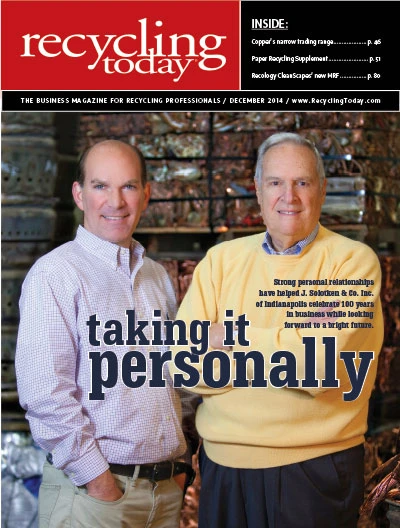
Explore the December 2014 Issue
Check out more from this issue and find your next story to read.
Latest from Recycling Today
- APR, RecyClass release partnership progress report
- Clearpoint Recycling, Enviroo sign PET supply contract
- Invista expanding ISCC Plus certification program
- Redwood partnership targets recycling of medium-format batteries
- Enfinite forms Hazardous & Specialty Waste Management Council
- Combined DRS, EPR legislation introduced in Rhode Island
- Eureka Recycling starts up newly upgraded MRF
- Reconomy Close the Gap campaign highlights need for circularity
